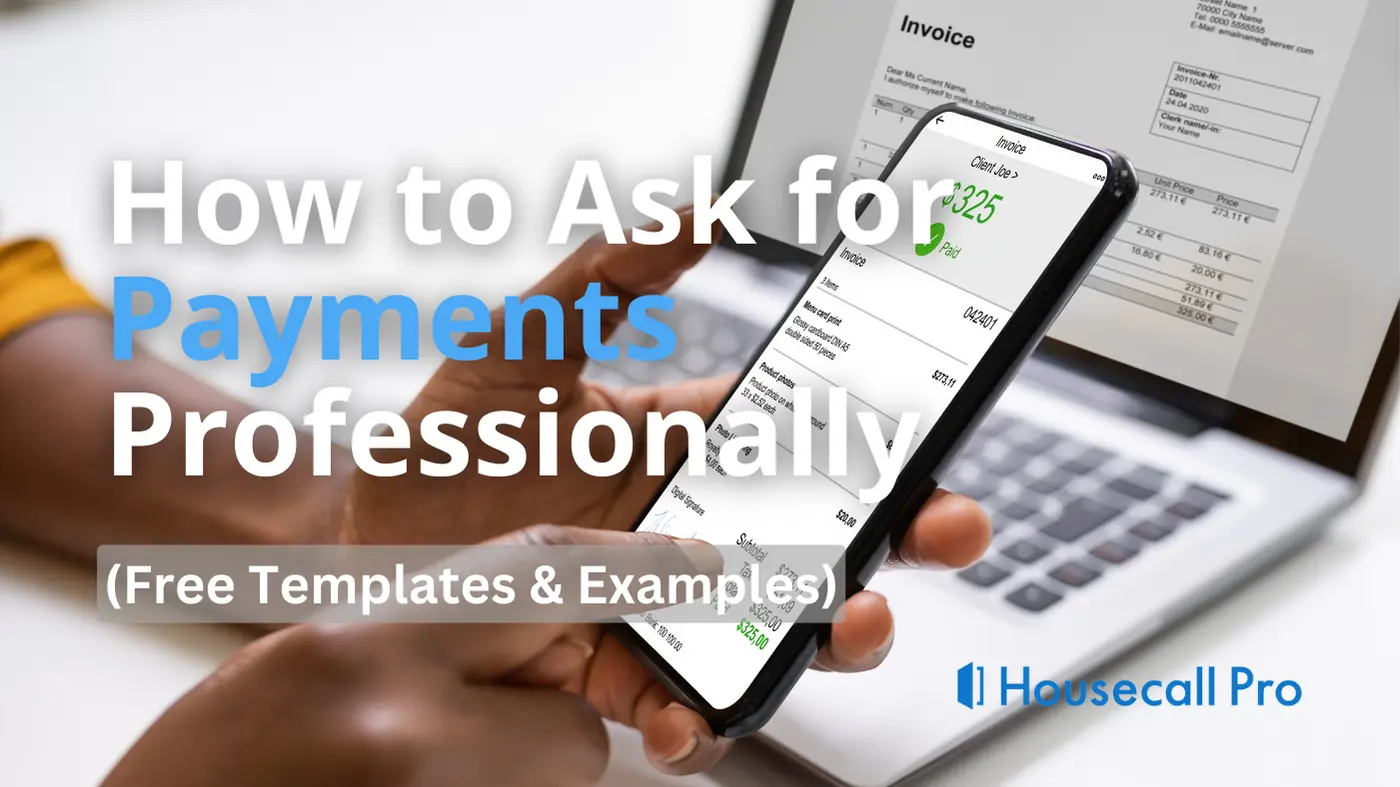
Starting a new business isn’t for the faint of heart… or for the impatient. In fact, most new businesses aren’t profitable for about three years. But just because you’re not raking in piles of cash doesn’t mean you have to be bleeding it. The first goal toward turning a profit is breaking even. It may not sound as exciting as a free trip to Hawaii, but the moment you break even is actually a big milestone for your business.
What is a break even point?
Your breaking even point (BEP) is when your sales are exactly covering your expenses. To do this, take into account all of your expenditures, both fixed and variable, and do some calculations about profit per unit. Here is a 4-step plan for how to calculate the break even point for your business.
Step 1: Add up your fixed costs
The fixed costs are the easiest part of your break even point calculation. These are the expenses that remain predictable each month/period. That being said, it’s easy to leave something out of your calculations if you’re not careful. Here is a list of common expenses that will comprise your fixed costs:
Step 2: Track the price of your services
The next step is to establish a baseline for the price of your services. The price of your services will vary depending on whether you’re charging per hour, using a fixed rate, or a mix of the two. Regardless of how you charge, in order to figure out your break-even point, figure out what your average price per job is.
Note: your prices will likely change as you determine your target profit formula.
If you’ve been in operations for a while, take all of your jobs over a month or three-month or twelve-month period (the longer the better) and find the average.
Step 3: Identify variable costs
On to the variable costs. These are the costs associated with individual jobs. Common variable costs include:
Step 4: Run the formula for your break even point
Now you have all of the necessary elements on hand to calculate a break even point. The basic formula is: Fixed Costs / (Price – Variable Costs). The second part of the equation is also called the contribution margin because it represents the dollar amount each unit contributes toward fixed costs.
Say your fixed costs (rent, salaries, insurance, etc.) are $100,000 per year. The average price of your services is $600 per job. Now let’s say your variable costs (materials, factory labor, etc.) break down to $200 per job.
Now you’re ready to run your break even point calculations:
Fixed Costs / (Weighted Price – Weighted Variable Costs)
$100,000 / ($600 – $200) = 250
Your company would need 250 jobs per year or 21 jobs per month to break even at your current pricing structure.
In conclusion
Figuring out the break even point for your business is a crucial step toward profitability. It’s near impossible to meet financial goals without detailed accounting practices, as any new business owner will soon discover. To that end, your business should be taking advantage of Housecall Pro’s Invoicing software whenever possible.





